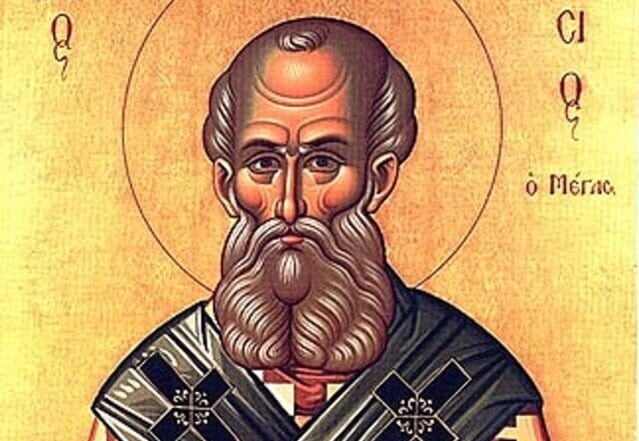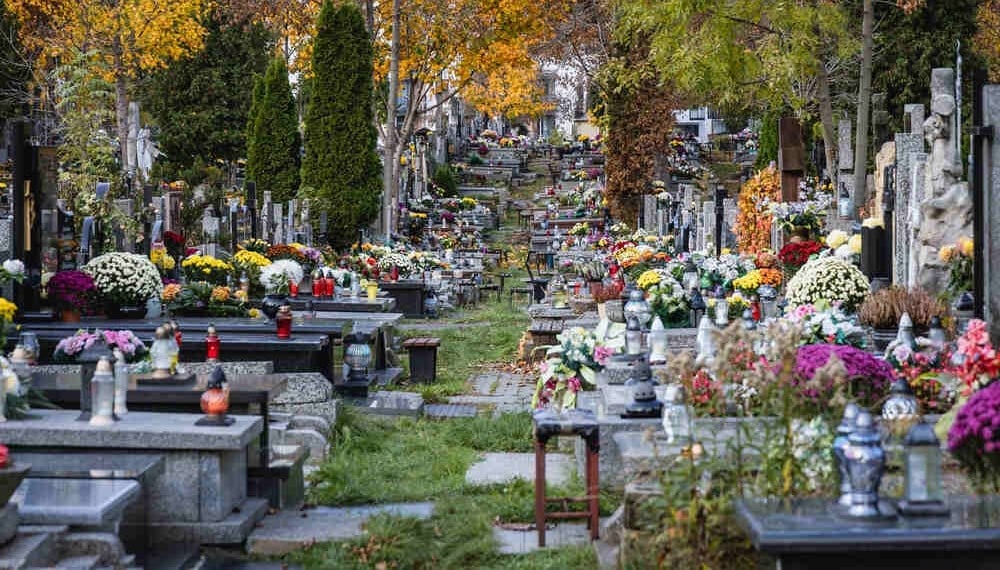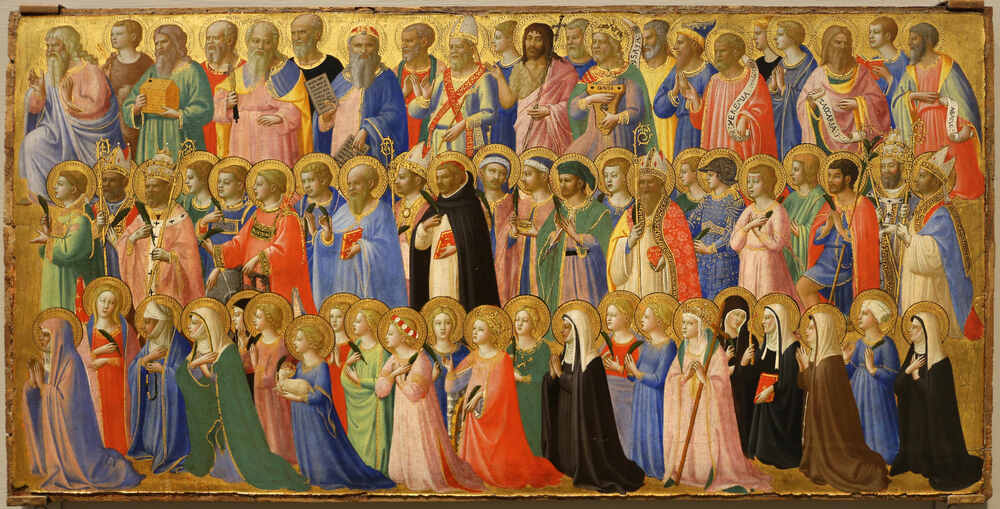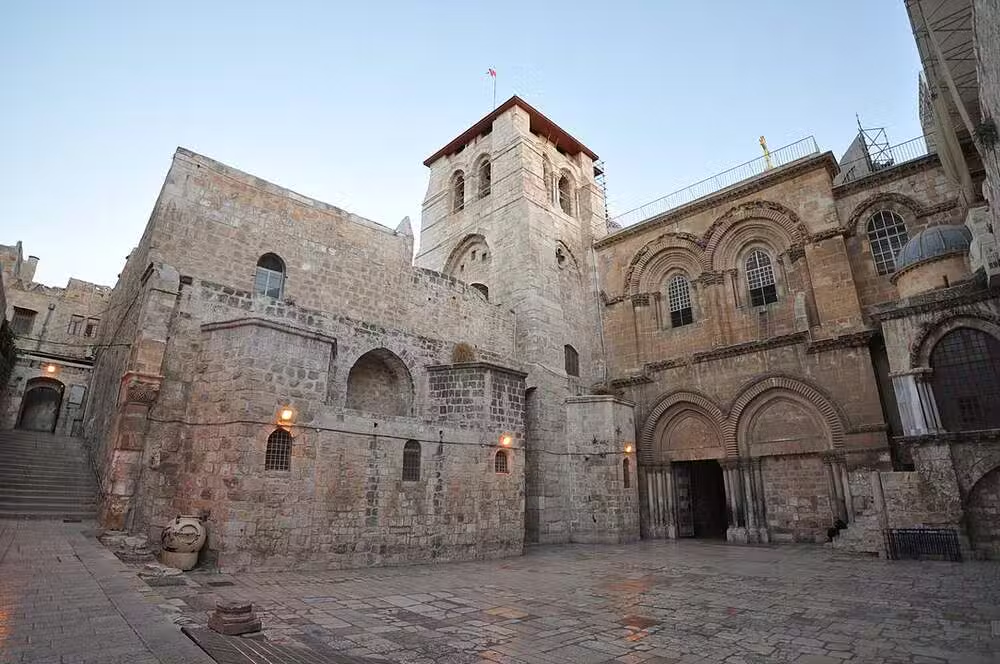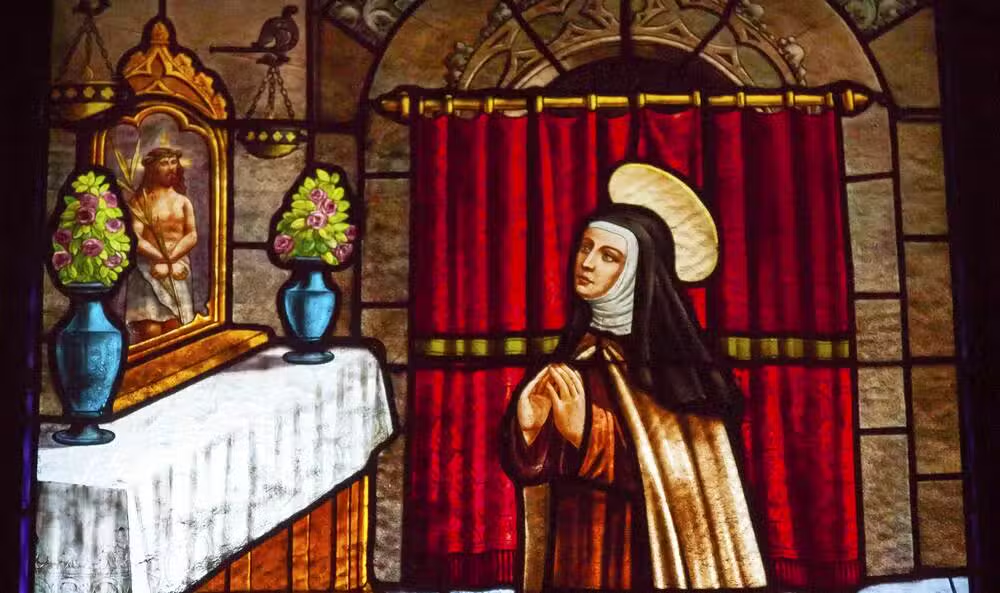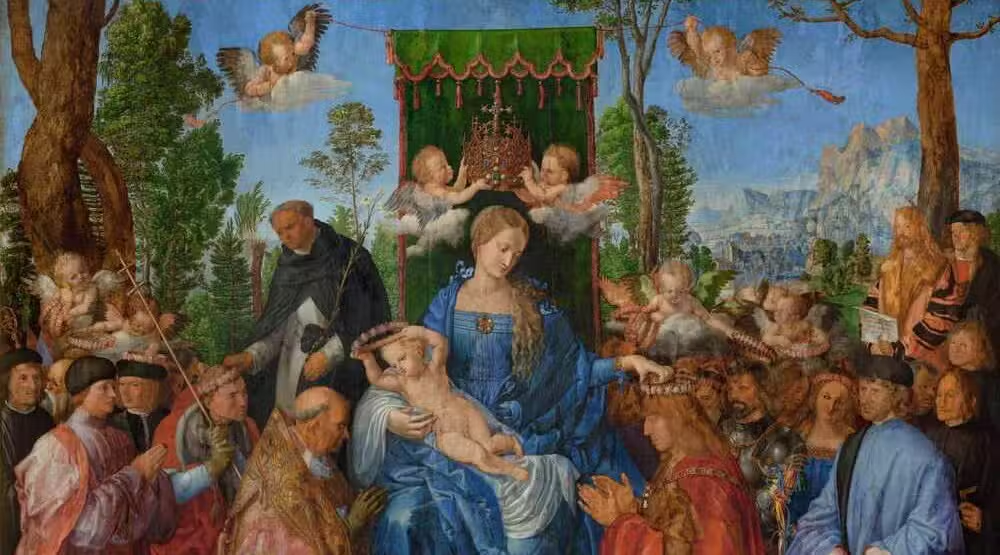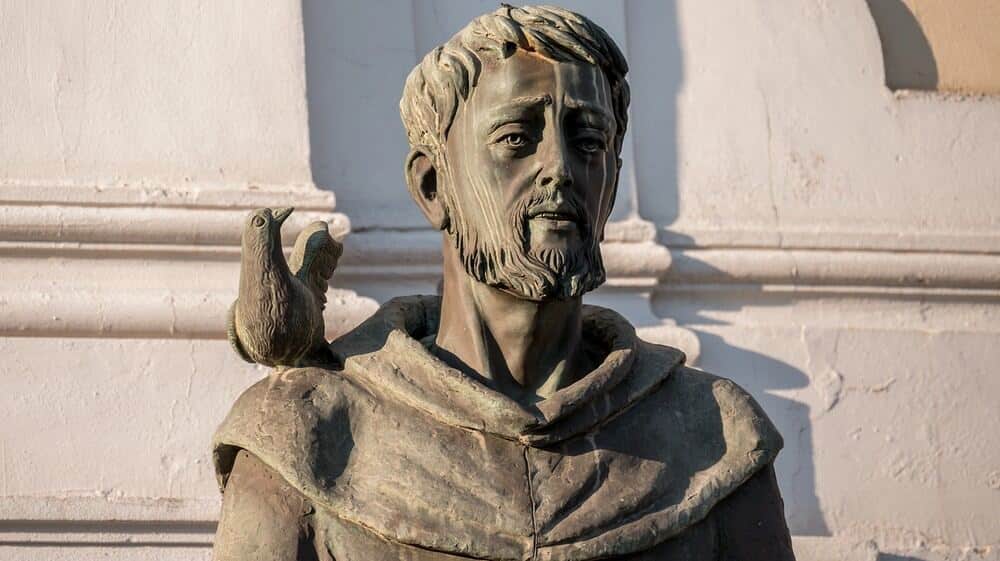In every era of the Church, God raises up courageous men and women to defend the truth and strengthen the faith of His people. In the 4th century, during one of the most turbulent periods of Christian history, that man was St Athanasius of Alexandria.
Known as the “Father of Orthodoxy,” St Athanasius dedicated his life to proclaiming and protecting the truth of Christ’s divinity at a time when heresy threatened to divide the Church. His firmness, even in the face of persecution, exile, and political opposition, is a shining example for Catholics today who wish to remain faithful in a changing and often hostile world.
Although nearly seventeen centuries have passed since his earthly life, the memory and mission of St Athanasius are far from being a thing of the past. His relics, the churches linked to his ministry, and the places that sheltered him during exile continue to be living witnesses to his courage and holiness. For Catholics who wish to deepen their love for the faith, visiting these places—or even simply knowing of their existence—connects us with the living tradition of the Church. It reminds us that the same Spirit that sustained Athanasius continues to strengthen us today.
Below, we present five of the most important Catholic churches related to St Athanasius, each offering a unique opportunity to encounter his extraordinary legacy.
You can use the Catholic Mass Times app to find the nearest Catholic church with Mass, Confession, and Adoration schedules. It will surely help you! Download it now.
Important Catholic Churches Related to St Athanasius
1. Basilica of Saint Mark (Basilica di San Marco) – Venice, Italy
The Basilica of Saint Mark in Venice houses important relics of St Athanasius. Around the 15th century, his remains, which were originally in Alexandria, were moved to Venice to protect them during periods of instability in Egypt. His relics—specifically his bones—are preserved in the basilica’s treasury and are venerated alongside those of the evangelist Saint Mark.
Although the main devotion of the temple is to Saint Mark, Catholics can also honor St Athanasius there, recognizing the profound unity between the Eastern and Western Church. Visiting this basilica offers the opportunity to pray before the relics of one of the greatest defenders of the Incarnation and the divinity of Christ.
- For more information about this Church, visit the website of the Basilica of Saint Mark
- Location: P.za San Marco, 328, 30100 Venezia VE, Italy
2. Church of St Athanasius and Saint Sebastian (Sant’Atanasio dei Greci) – Rome, Italy
This church, built in the 16th century for Greek Catholics in communion with Rome, is dedicated directly to St Athanasius. It is a living tribute to his heroic defense of orthodoxy, especially among Eastern Catholic communities.
Although no physical relics of the saint are preserved here, the temple is a vibrant center of devotion. The interior iconography includes representations of Athanasius teaching and writing against the Arians. It is one of the few places in Rome where Catholics can celebrate his memory in a setting that unites the Eastern and Western traditions of the Church.
- For more information about this Church, visit the website of the Church of St Athanasius and St Sebastian
- Location: Via del Babuino, 149, 00187 Roma RM, Italy
3. Basilica of Saint Sabina – Rome, Italy
During his years of exile, St Athanasius found refuge in several Roman churches. One of the ancient places associated with him is Saint Sabina, a majestic 5th-century basilica located on the Aventine Hill.
Although his relics are not preserved here, tradition holds that he prayed, taught, and encouraged the local Christian community from this site in times of persecution. Santa Sabina also became a center of theological reflection and defense of the Nicene faith, a mission that Athanasius embodied. Today, pilgrims can pray in the same environment where he strengthened the faithful against heresy and political pressure.
- For more information about this Church, visit the website of the Basilica of Santa Sabina
- Location: Piazza Pietro D’Illiria, 1, 00153 Roma RM, Italy
Where is St Athanasius buried?
Originally, St Athanasius was buried in Alexandria, Egypt, after his death in 373 AD. As Patriarch of Alexandria, he would have received an honorable burial, probably near or inside an ancient church or the patriarchal complex.
However, due to centuries of conflicts in Egypt—including Arab conquests and other tensions—the exact site of his burial was lost or became inaccessible over time.
In the 15th century, according to Catholic tradition, most of his relics were transferred to Venice, specifically to the Basilica of Saint Mark. This transfer was part of a broader effort by the Church to protect the relics of early Christian saints from desecration or loss.
Today:
-
His main relics (primarily his bones) are preserved in the Basilica of Saint Mark in Venice.
-
It’s possible that a smaller portion of his relics may still remain in Alexandria, but there is currently no publicly recognized Catholic shrine or tomb in Egypt.
-
Some Coptic Orthodox traditions also venerate his memory in the Cathedral of Saint Mark in Alexandria, although without a visible tomb.
Prayer of St Athanasius to the Virgin Mary
O Virgin, your glory surpasses all created things. What can compare to your nobility, Mother of the Word of God? To whom shall I compare you, O Virgin, among all creation?
Exalted are the angels of God and the archangels, but how much more do you surpass them, Mary! The angels and archangels serve with fear the One who dwells in your womb, and they dare not speak to Him; you, however, speak to Him freely. We say that the cherubim are exalted, but you are much more exalted than they: the cherubim support the throne of God; you, however, hold God Himself in your arms. The seraphim stand before God, but you are more present than they; the seraphim cover their faces with their wings, unable to contemplate the perfect glory; you, on the other hand, not only contemplate His face but caress it and fill His holy mouth with milk.
Amen
You can use the Catholic Mass Times app to find the nearest Catholic church with Mass, Confession, and Adoration schedules. It will surely help you! Download it now.
The life of St Athanasius was marked by trials, perseverance, and an unwavering commitment to Christ and His Church. His example reminds us that truth is not always popular, and that fidelity to the Gospel may demand sacrifice, loneliness, and even suffering. However, St Athanasius also shows us that it is precisely by remaining faithful—even “against the world”—that we truly participate in the victory of Christ, who is Truth itself.
For Catholics today, visiting places linked to St Athanasius—whether venerating his relics in Venice, praying in the historic churches of Rome, or honoring his name in modern parishes—is much more than a historical tour. It is a pilgrimage of faith. It is an opportunity to draw closer to a great defender of the Incarnation, to be inspired by his courage, and to ask for his intercession as we face our own challenges in living and witnessing to the Catholic faith.
May the life of St Athanasius encourage each of us to love the truth more deeply, to defend it more courageously, and to follow Christ faithfully, regardless of the cost. And may we, like Athanasius, be found steadfast and joyful in the service of Him who is “the way, the truth, and the life” (John 14:6).
What is St Athanasius the patron saint of?
St Athanasius is recognized as the patron saint of defenders of the faith. His life was dedicated to protecting the truth of Christ’s divinity against the heresies of his time, especially Arianism, making him a model for those who fight for Catholic orthodoxy.
What is Saint Athanasius best known for?
St Athanasius is best known for his steadfast defense of Christ’s divinity and his tireless struggle against Arianism in the 4th century. He was a courageous witness to Catholic truth, even in the face of exile, persecution, and political opposition.
What is the rule of St Athanasius?
St Athanasius is not known for founding a monastic rule like Saint Benedict. However, he promoted monastic life by writing the biography of Saint Anthony the Great, which inspired generations of monks. His legacy focuses more on doctrinal defense than on a specific rule.
Which saint fought against Arianism?
St Athanasius was the primary defender of the faith against Arianism, a heresy that denied the divinity of Jesus Christ. His constant opposition to this erroneous doctrine earned him the title ‘Father of Orthodoxy’ and made him a key figure in the formulation of the Nicene Creed.

